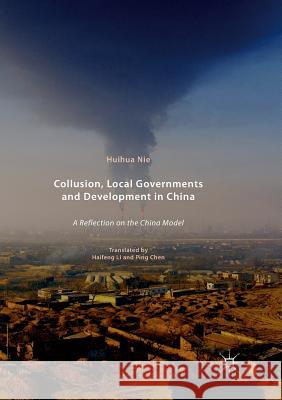Collusion, Local Governments and Development in China: A Reflection on the China Model » książka
topmenu
Collusion, Local Governments and Development in China: A Reflection on the China Model
ISBN-13: 9789811353079 / Angielski / Miękka / 2018 / 249 str.
Collusion, Local Governments and Development in China: A Reflection on the China Model
ISBN-13: 9789811353079 / Angielski / Miękka / 2018 / 249 str.
cena 342,95
(netto: 326,62 VAT: 5%)
Najniższa cena z 30 dni: 327,68
(netto: 326,62 VAT: 5%)
Najniższa cena z 30 dni: 327,68
Termin realizacji zamówienia:
ok. 22 dni roboczych
Bez gwarancji dostawy przed świętami
ok. 22 dni roboczych
Bez gwarancji dostawy przed świętami
Darmowa dostawa!
Kategorie BISAC:
Wydawca:
Palgrave MacMillan
Język:
Angielski
ISBN-13:
9789811353079
Rok wydania:
2018
Wydanie:
Softcover Repri
Ilość stron:
249
Waga:
0.32 kg
Wymiary:
21.01 x 14.81 x 1.45
Oprawa:
Miękka
Wolumenów:
01
Dodatkowe informacje:
Wydanie ilustrowane











